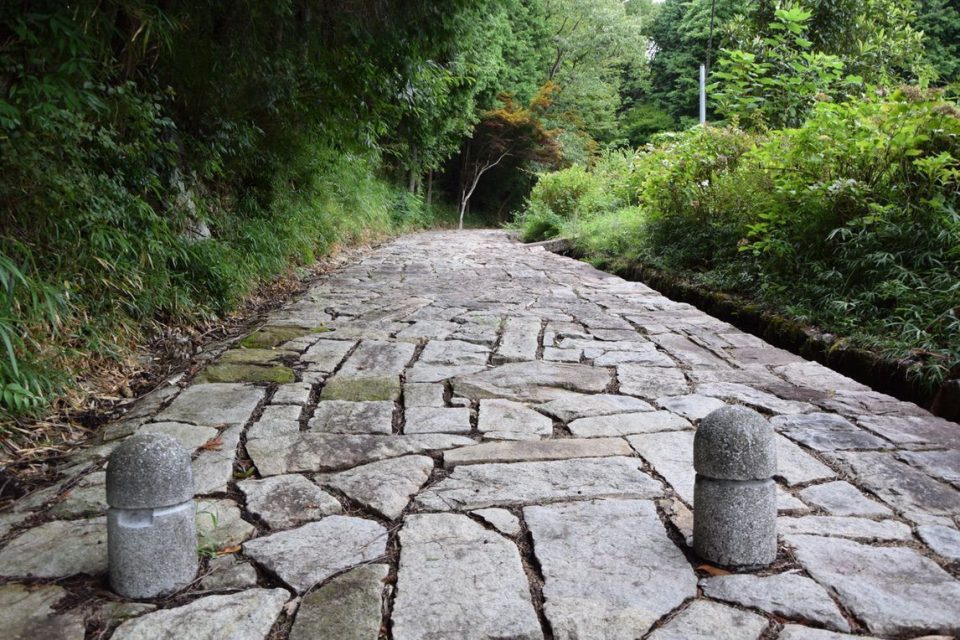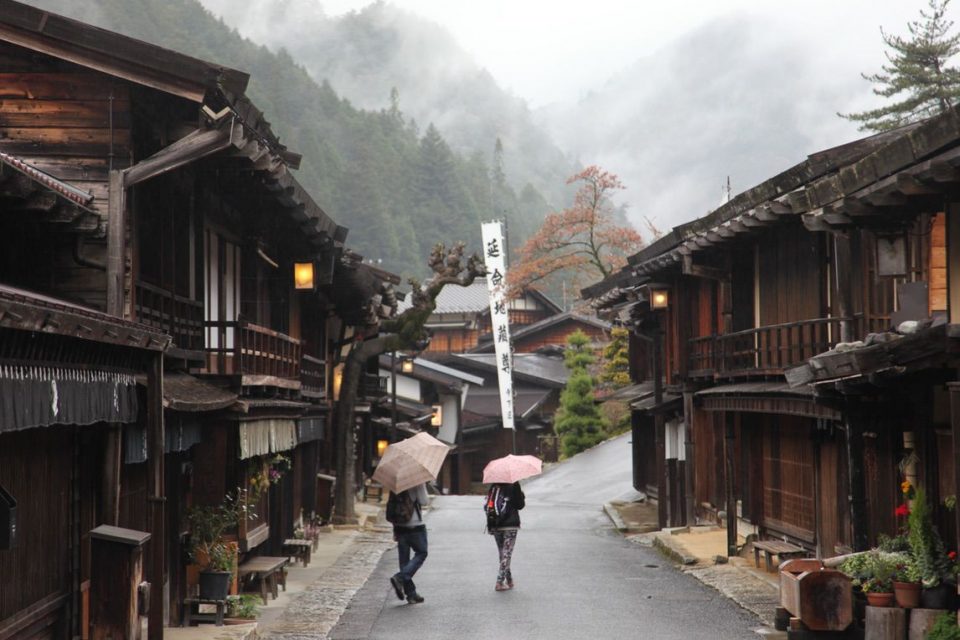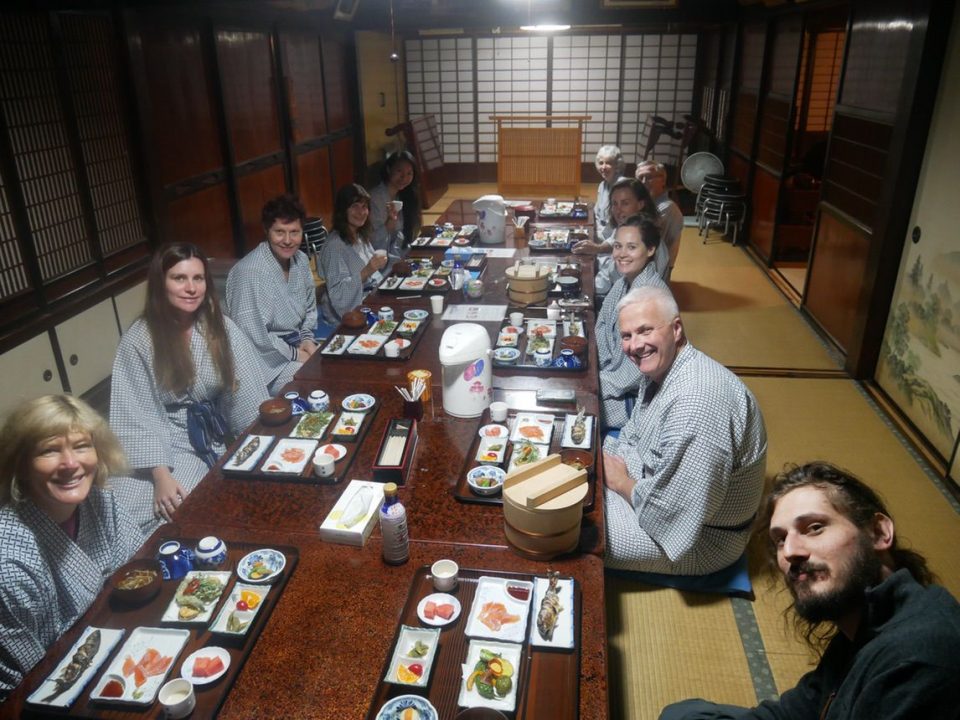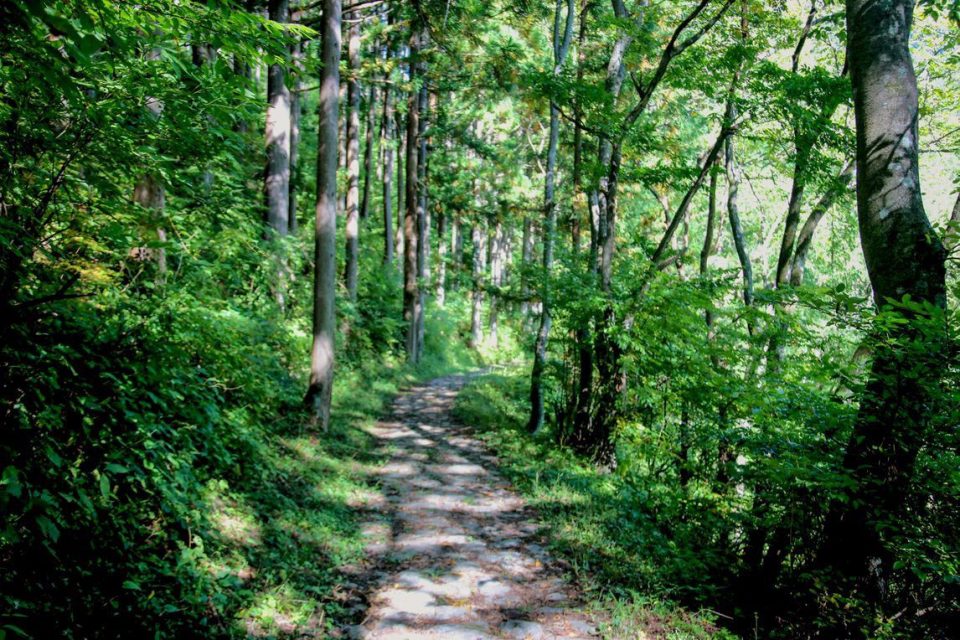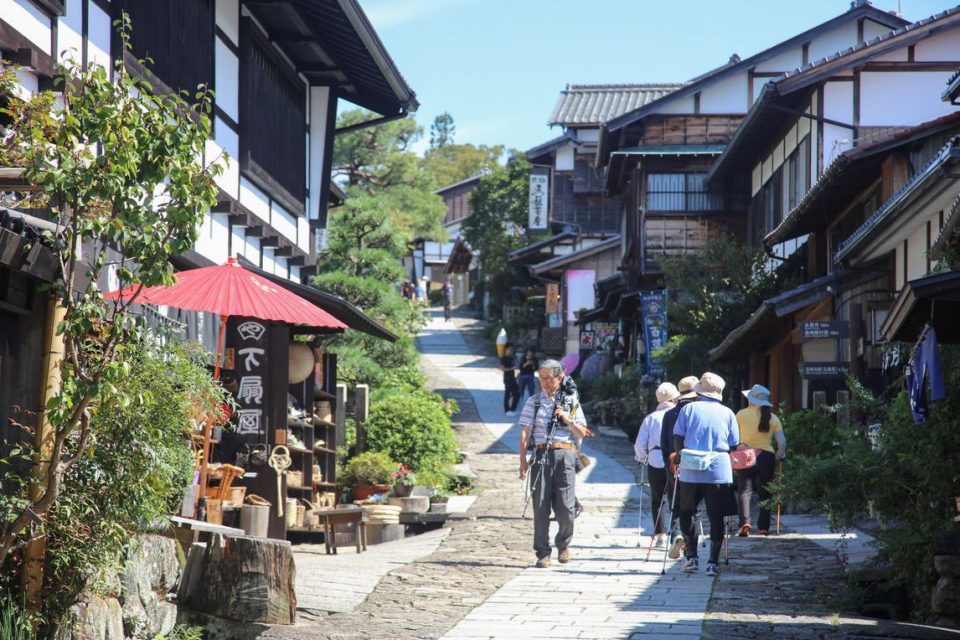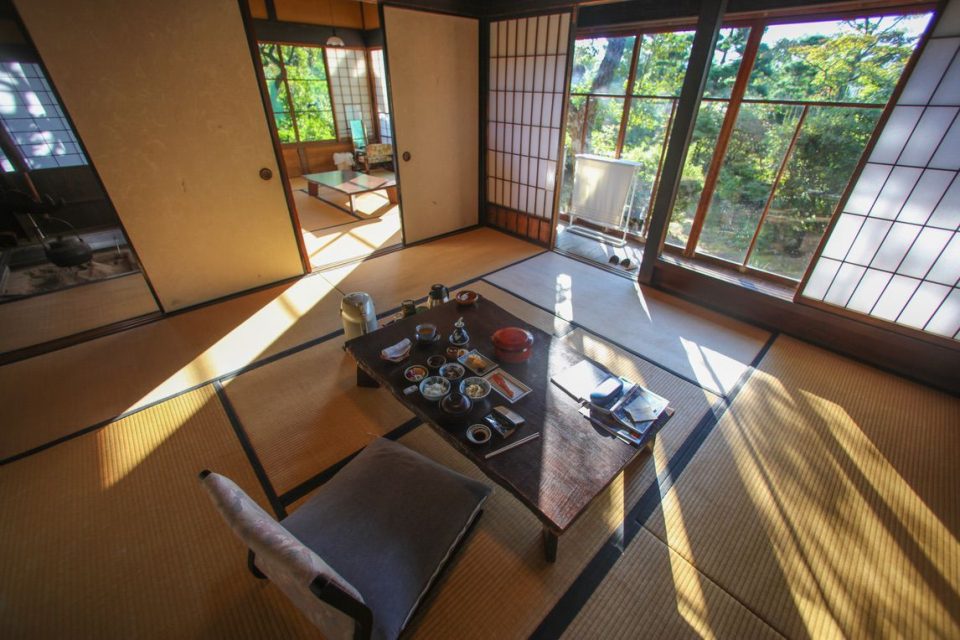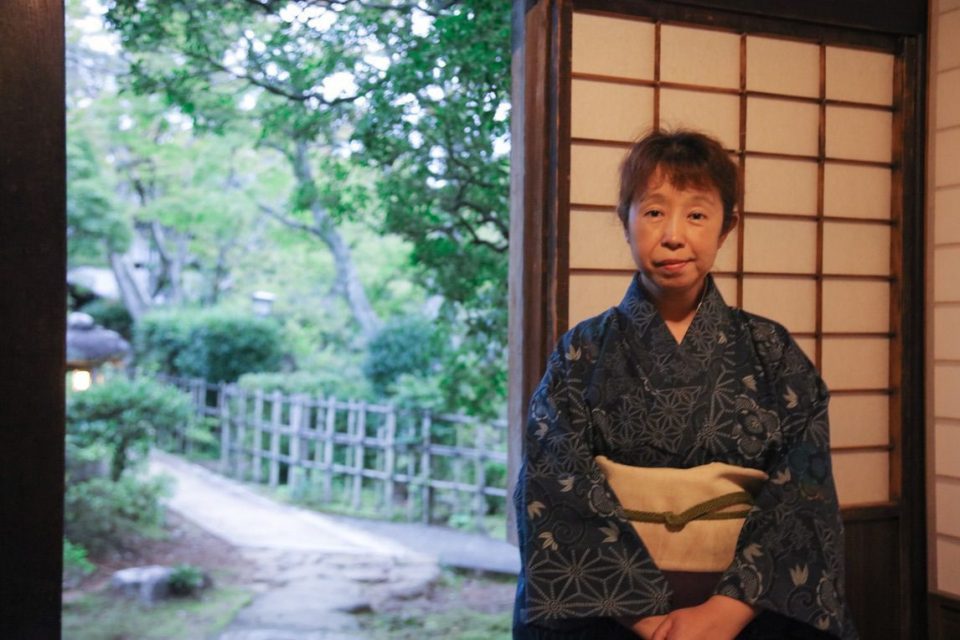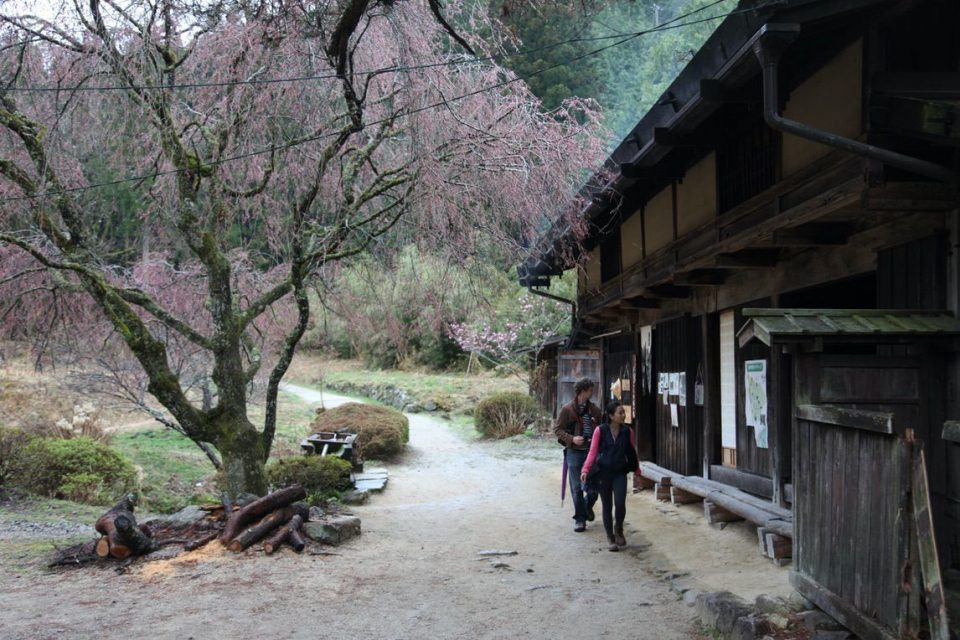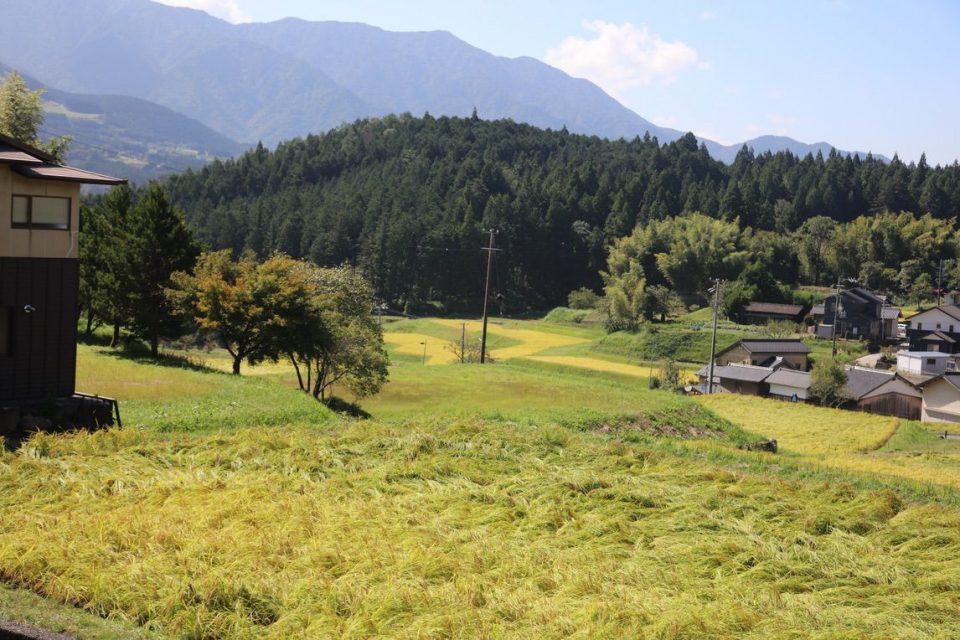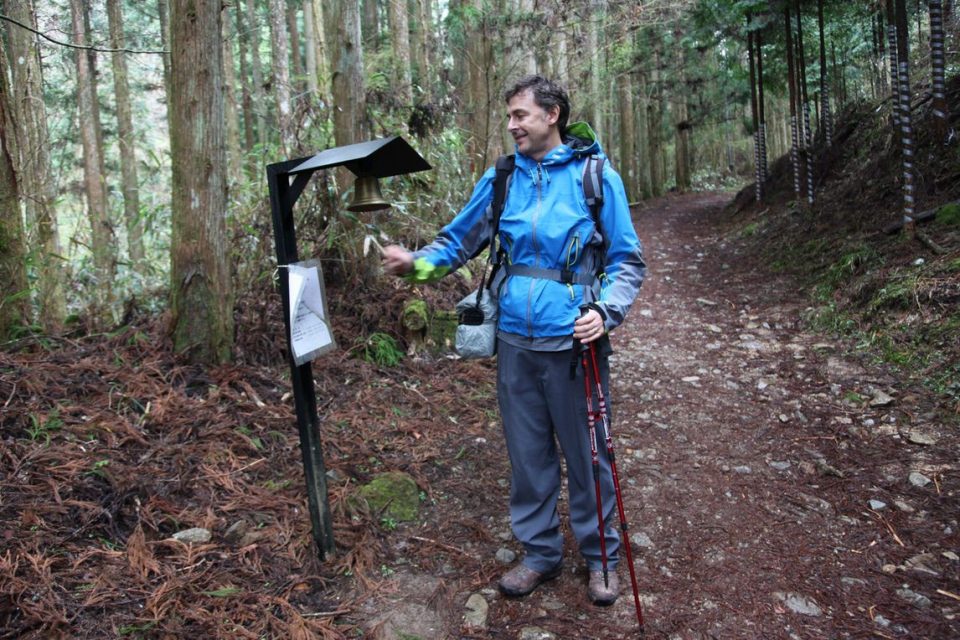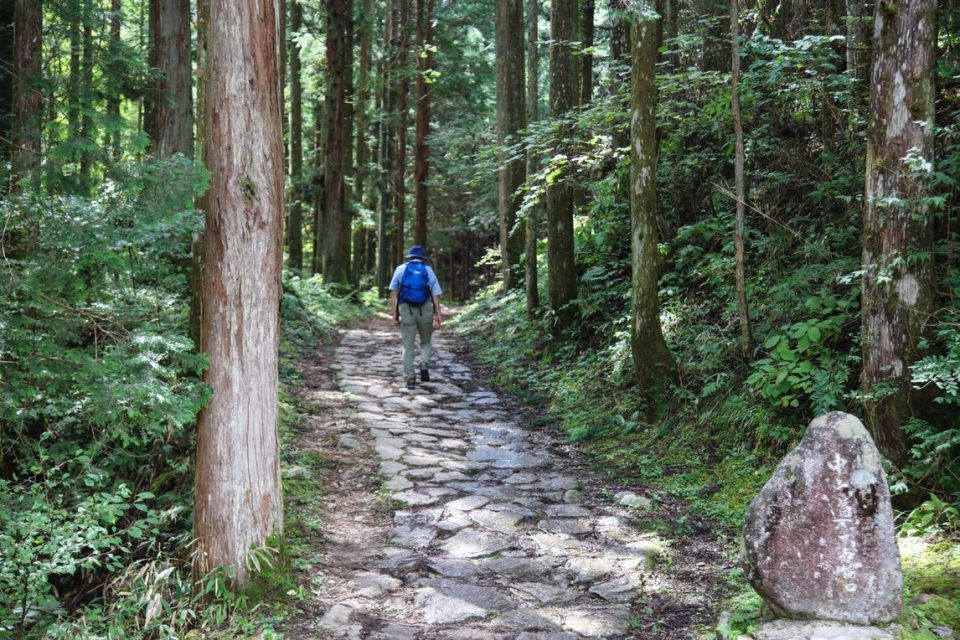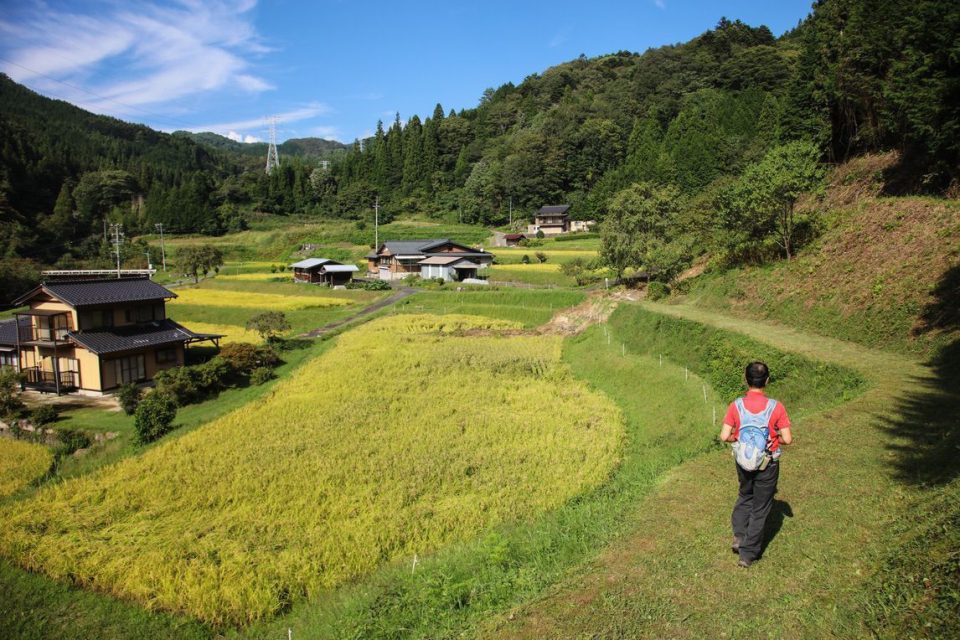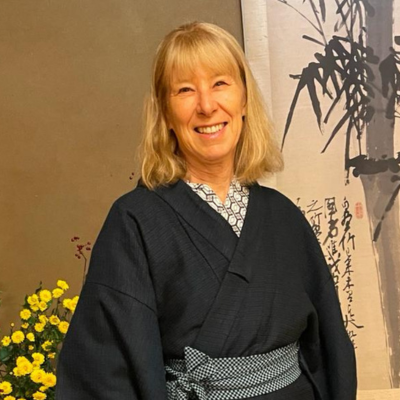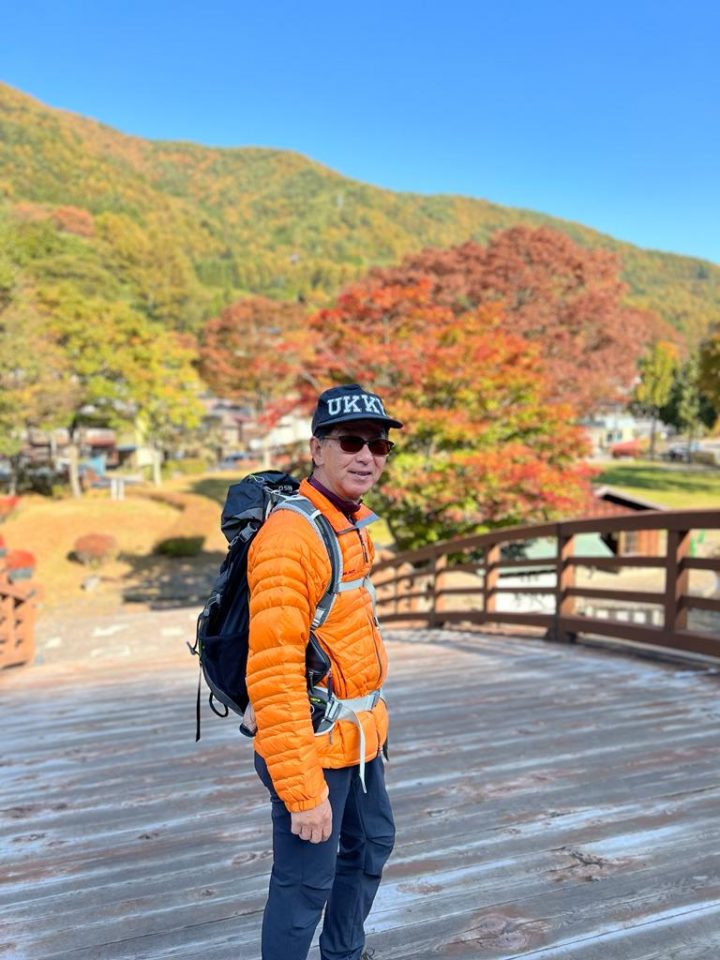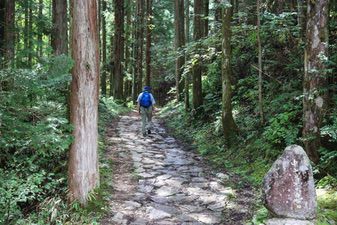
Nakasendo Way
The Self-Guided Trip – Nakasendo Way
- A journey through the heart of Japan
- Walk the historical Nakasendo Way through the Kiso Valley
- Walk on ishidatami (stone paving) dating back over 400 years
- Visit Nakatsugawa, Magome, Tsumago, Kiso Fukushima and Narai
$2,995.00
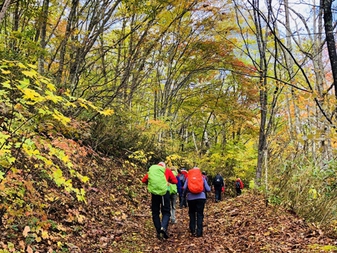
Nakasendo Way
The Group, Self-Guided Trip – Nakasendo Way
- Trek in a group of like-minded travellers
- A journey through the heart of Japan
- Visit Nakatsugawa, Magome, Tsumago, Kiso Fukushima and Narai
$3,250.00
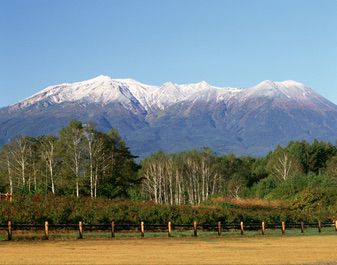
Nakasendo Way
The Group Guided Trip – Nakasendo Way
- Fully guided walk with our qualified Japanese guide
- Dive into the colourful history of the Shogun/Samurai
- Visit 16 of the original post towns from the Nobi plain land to deep in the Kisoji valley
$4,200.00
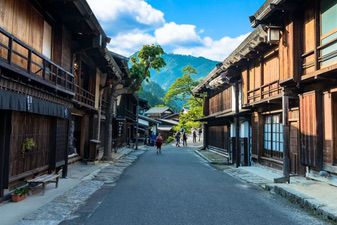
Nakasendo Way
The Highlights Trip with Shimosuwa Onsen – Nakasendo Way
- Visit Shimosuwa, the only hot springs district
- Understand the feudal history with our local guide
- Walk the historical Nakasendo Way through the Kiso Valley
- Visit Nakatsugawa, Magome, Tsumago, Kiso-Fukushima and Narai
$3,095.00
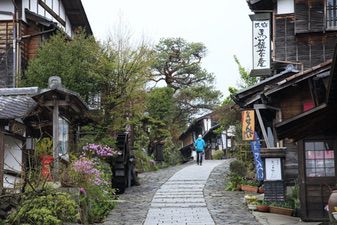
Nakasendo Way
The Kiso Valley Highlights Trip – Nakasendo Way
- A great introduction to walking in Japan
- Taste the specialities of the Kiso Valley
- Enjoy wonderfully preserved ancient villages
- Stay overnight in family-run ryokans
$2,145.00
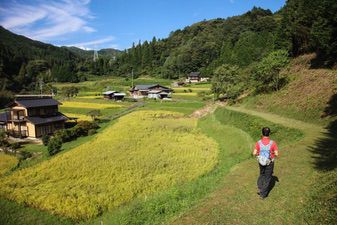
Nakasendo Way
The Shimosuwa Trip – Nakasendo Way
- Extended walk on the ancient Nakasendo Way
- Explore Nakatsugawa, Magome, Tsumago, Kiso Fukushima and Narai
- Visit the historic town of Shimosuwa and unwind in the onsens
$3,750.00
Explore
Nakasendo Way Route Map
Mitake
Mitake was number 49 of the 69 post towns of the Nakasendo Way connecting Edo with Kyoto. It flourished with the passage of people, materials, information and culture, and was said to be one of the liveliest post towns in southeastern Gifu.
CLICK ON A PIN TO REVEAL INFORMATION ABOUT THAT LOCATION
Hosokute
Hosokute was first established in 1610 as a temporary post town between Okute-juku to the east and Mitake-juku to the west. It was originally built to alleviate the major congestion of travellers along this section of Nakasendo.
Ena
Ena was an important post town and the Edo heritage can still be seen today. The Hiroshige Museum of Art features some wonderful woodblock prints of the Nakasendo Way and is well worth a visit.
Nakatsugawa
Nakatsugawa was number 45 of the 69 traditional post towns of the Nakasendo Way. In the town’s narrow winding streets there are myriad well-preserved wooden buildings, residences and warehouses (kura). Worth a visit is the Naegi Castle ruins, located just north of the town.
Magome
Magome (Horse & Basket) was number 43 of the 69 post towns along the way to Edo (Tokyo). It truly is a reminder of how the post towns were in the Edo period.
Tsumago
The enchanting main village of Tsumago (number 42 of the 69 post towns) is lined with traditional Japanese wooden houses, shops and ryokan (inns). You might want to stroll through the streets after dinner wearing a traditional yukata gown provided by your accommodation.
Kiso-Fukushima
Kiso-Fukushima was one of the four security checkpoints during the Edo period and thus flourished as a political and economic centre in the Kiso Valley. The Kozenji-Temple houses the valley’s most famous temple and the largest stone garden in Japan.
Yabuhara
Yabuhara was number 35 of the 69 post towns and is located shortly before the Torii Pass (1197m), which offers great views of Mount Ontake on a clear day.
Narai
Lovely Narai was the wealthiest of the post towns along the trail. Explore and relax in the cafes and shops of this well-preserved and atmospheric town.
Shimosuwa
Historically, Shimosuwa was an important resting and healing spot for wounded samurai during the Edo period. Much of the traditional architecture remains. There are a number of temples and shrines, including the Suwa Taisha Shrine, considered to be one of the oldest shrines in Japan, the mossy Jiunji Temple with its zen stone garden and the impressive Manji Stone Buddha.
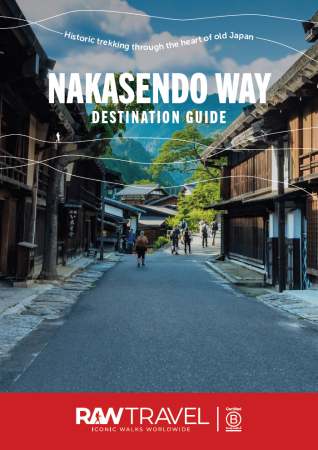
Exclusive Guide
GET INSPIRED
Ready to step back in time and discover a centuries-old road through the mountains of central Japan? The Nakasendo Way is a stunning 94km journey from Mitake to Narai. Steeped in history, much of this walk weaves through the picturesque Kiso Valley. The ‘post towns’ strung out along the route give an enticing and authentic glimpse into Japan’s past.
There is so much to discover on this route! Find out more in our comprehensive destination guide – it’s bursting with inspiration, travel essentials, practical information and more!
NAKASENDO WAY
Frequently Asked Questions
The best and most popular times to walk the Nakasendo Way are March to May (spring) and September to November (autumn). The cherry blossoms and autumn colours are big drawcards. During summer (June to August) you can expect longer daylight hours, high humidity and higher rainfall, but the scenery is beautifully green and verdant. Read more about the best times to walk the Nakasendo Way.
Back in the days when feet were just about the only way to travel, the shogun created the Nakasendo Way for the feudal lords to travel between Kyoto in central Japan and the new capital of Edo, present-day Tokyo. In its heyday, the 534km-long ‘highway’ was bustling with samurai, nobles, merchants and commoners alike. Today, you can walk the most beautiful and enjoyable parts of the old ‘highway’ from Mitake to Narai – a stunning 86km journey steeped in history. Much of the route weaves through the picturesque Kiso Valley, nestled between imposing mountain cliffs and home to a handful of preserved towns. In days gone by, these were known as ‘juku’ or post towns and served as overnight spots for weary travellers. Strung out along the route, they give an enticing and authentic glimpse into Japan’s past. The well-known 8km trail between Tsumago and Magome is particularly impressive, and offers delightful teahouses and waterfalls.
There is lots to discover on this route. This is a world of traditional inns, moss-covered Shinto shrines, old Buddhist statues, stone paths and post towns. Much of the time on the trail you will be walking through tranquil fields and rural villages seeing life in small-town Japan, close-up. In some sections you’ll walk on the original ishidatami (stone paving) dating back over 400 years. It really will give you a unique and authentic experience of traditional Japan.
The highest point on the Nakasendo Way is the Torii Pass (1197m) when you are walking between Yabuhara and Narai.
For most people, the Nakasendo Way is an easier hike than Japan’s more rugged and remote Kumano Kodo. It won’t push you to the edge of your physical limits, but it still offers a challenge. The daily walking distance is a moderate 8–21km and there are inclines that can be taken at a comfortable pace. The walk will be more enjoyable if you have a good level of fitness and are participating in regular exercise in the lead up to your trip. The more training you do and the better prepared you are, the more you will enjoy this beautiful walk. Find out more about the differences between these two walks.
The Nakasendo Way is an ideal introduction to walking off-the-beaten path Japan. If you are seeking something between the extremes of a strenuous hike and a village ramble, the Nakasendo Way is ideal. It offers variety and beauty; excellent accommodation; and plentiful, traditional and authentically regional food. The majority of the trail is signed in English and Japanese; enthusiasm and a sense of humour can overcome any language barrier.
We pre-book charming, traditional ryokans (inns), which offere friendly and atmospheric overnight stays. Read more about what to expect when you stay in a traditional Japanese ryokan.

Not quite what you're after?
Tailor-made trips
If you don’t see the exact trip you’re looking for then consider a customised trip, individually tailored to your ideal walking distances and timeframes. Or if you have a group of friends or family you can have your own private group departure. Have a look at our tailor-made trips page on the link below and drop us a line:









